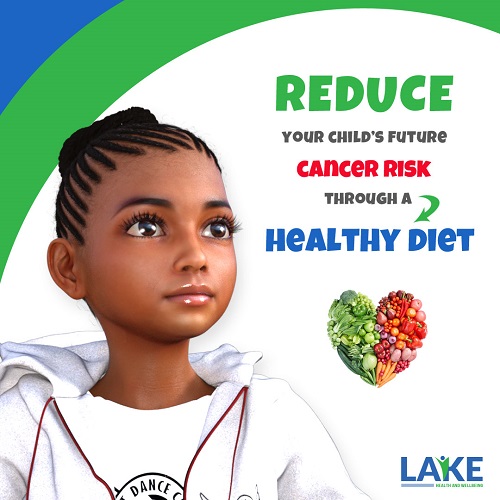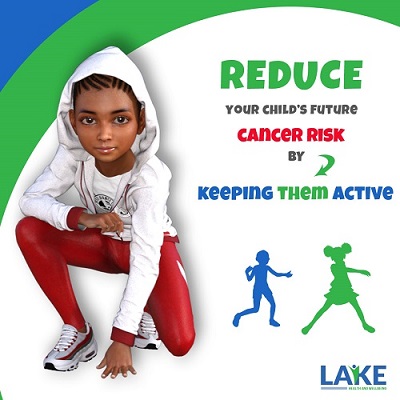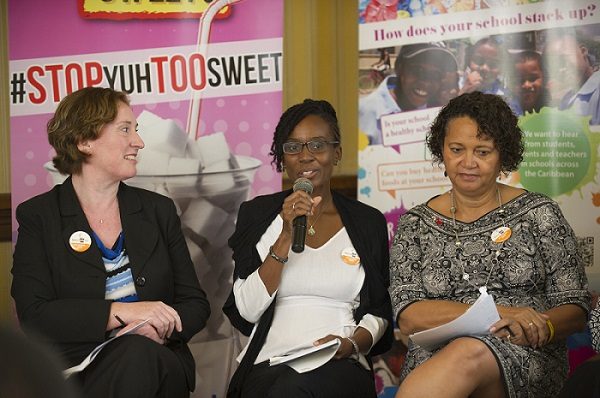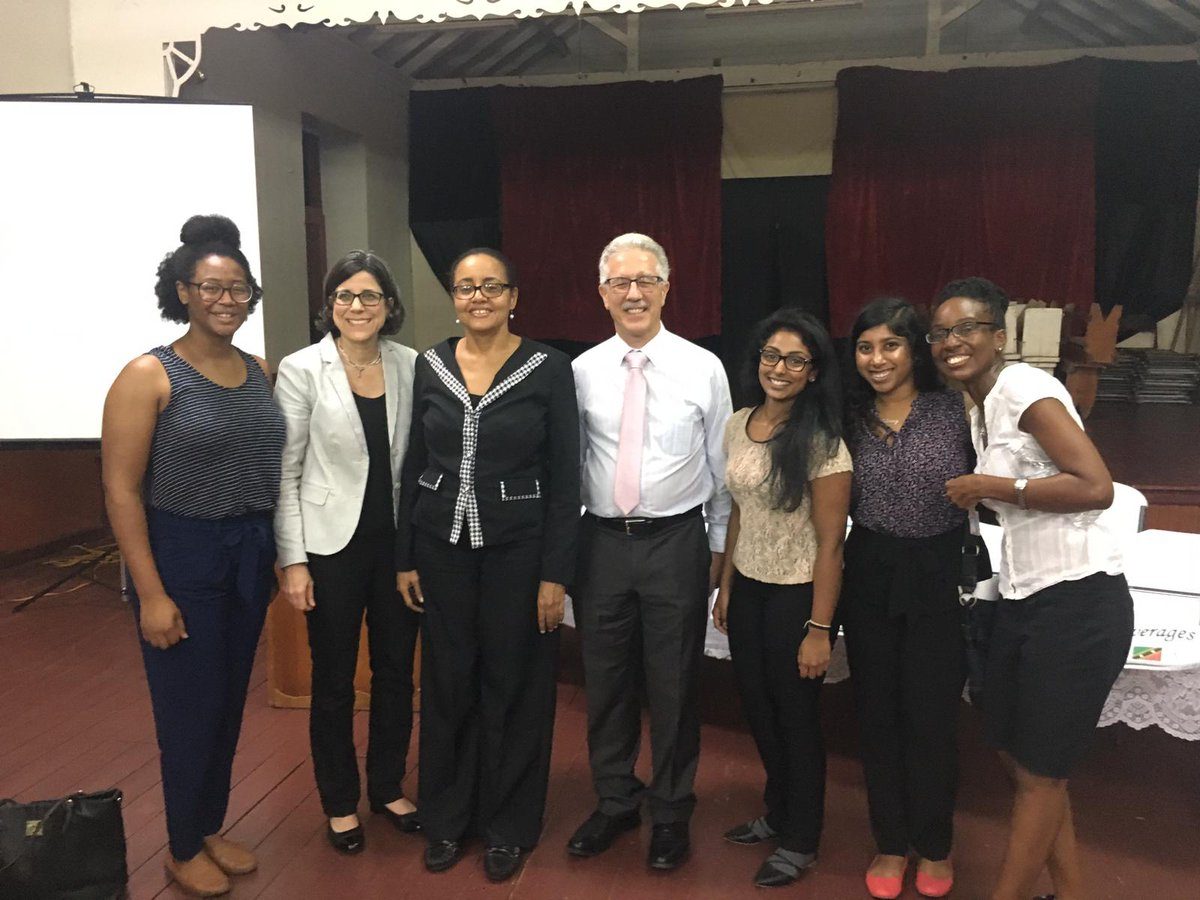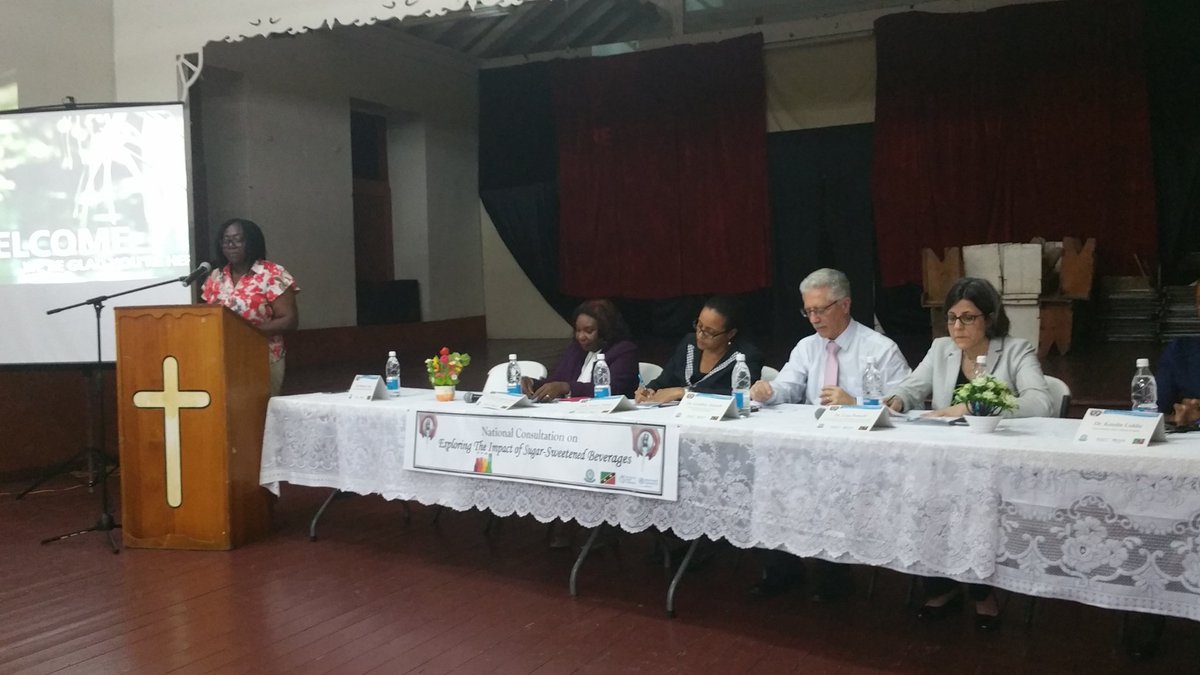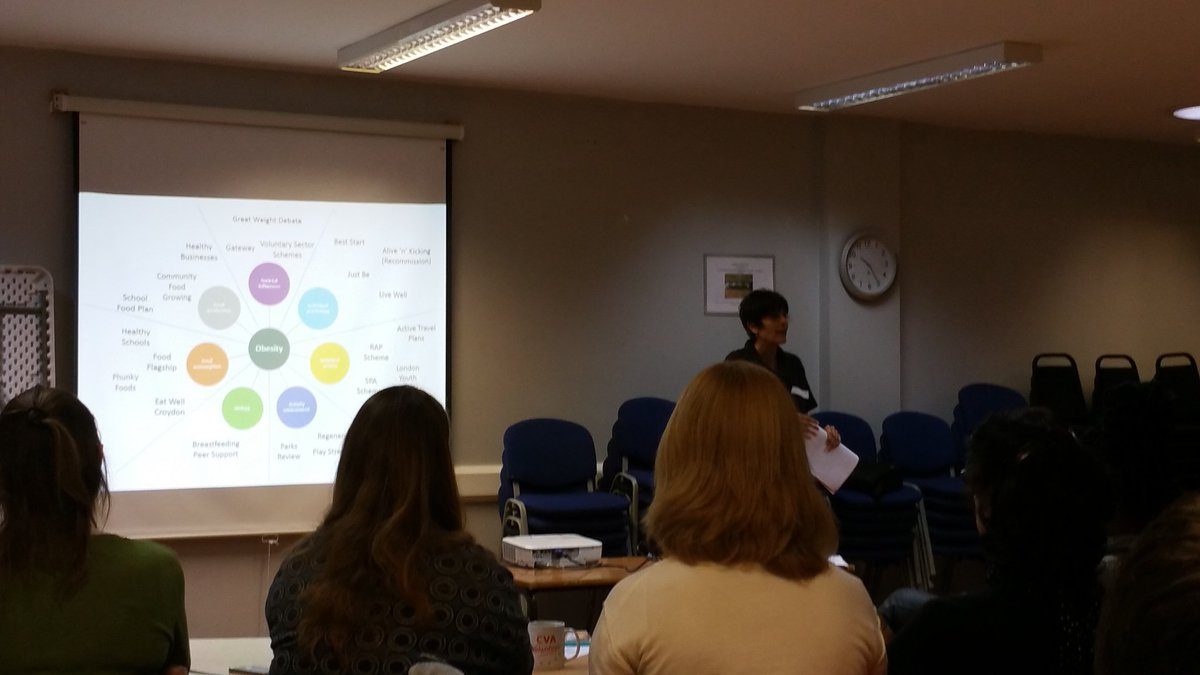Yesterday, the UK Government published its childhood obesity action plan which sets out its strategy to significantly reduce obesity levels in children over the next ten years.
Childhood obesity is a major problem in the UK with nearly a third of children being obese or overweight. There are a number of factors that have contributed to this and these include behaviour, our environment, culture and genetics.
The government’s action plan makes an important observation which is that obesity levels are highest in children from low-income families. Research has shown that 5 year olds in the poorest families are twice as likely to be obese than their affluent counterparts and by the age of 11 they are three times more likely to be obese. We need to address this inequality.
The government’s action plan aims to provide a good balance of reducing childhood obesity whilst respecting the public’s freedom of choice when it comes to food selection. They also clearly state that this action plan is a starting point rather than a complete final plan.
A Summary of the Action Plan
Introducing a sugar levy (the sugar tax)

Soft drinks companies will pay a levy on drinks with added sugar. This will apply to drinks with a total sugar content above 5 grams per 100 ml. A higher rate will be applied to drinks with more than 8 grams per 100 ml. The levy won’t be applied to milk-based drinks or fruit juices. The levy will come into effect from April 2018.
Soft drinks manufacturers will have two years to reduce the sugar content of their drinks so they won’t be taxed if they are successful. The government states that there has already been some success with some manufacturers already reducing sugar in their drinks.
The money raised from the sugar levy will be used to double the funding available to primary schools for PE and sports programmes. The government has estimated the sugar levy will raise £320 million a year for primary schools to support healthier more active lifestyles in children. The funding will not only go towards expanding PE and sports programmes but to also expand breakfast clubs in primary schools ensuring that children have access to a healthy breakfast every week day.
The idea behind the sugar levy is a good one. It’s hoped that the levy will incentivise the soft drinks industry to reduce the amount of sugar in their products, helping the public consume less sugar. The money raised will go towards helping children get more active and healthy and thus tackle our high rates of childhood obesity. So, from a public health point of view the sugar levy is a win-win.
Taking out 20% of sugar in products

The government will be slowly reducing the sugar content in everyday products and will launch a sugar reduction programme to reduce sugar in products that are popular with children. All sectors in the food and drinks industry will be challenged to reduce the sugar in their products by 20% by 2020, this will include a 5% reduction in year one. Their recommendations to the food and drinks industry are to:
- Reduce sugar in their products
- Reduce portion sizes
- Use lower sugar alternatives
The sugar reduction programme will focus on nine areas: breakfast cereals, yoghurts, biscuits, cakes, confectionery, morning goods (such as pastries), ice cream and sweet spreads. They will then move on to other foods and drinks such as milk-based drinks and they will ensure that they focus on ranges that target babies and young children.
The government will monitor progress and publish reports every six months to determine if manufacturers are on track to achieve the 20% reduction.
The action plan also makes the point that sugar reduction should also mean calorie reduction and manufacturers should not increase the saturated fat content of their products.
We like the sugar reduction programme with its clear targets and hope that the manufacturers will comply and work with the government to achieve this. The issue we see is that manufacturers have no strong incentive to take part in this programme and may continue as is. Also, we know some manufacturers don’t appreciate the government interference in the way they do business and may not comply out of principle – they think it will set a nanny state precedent.
Supporting innovation to help businesses make healthier products
The action plan summarises how the government is supporting businesses in making healthier products. This includes: a £10millon investment to support research that explores new processes and products to increase the availability of healthy food choices; the formation of the Agri-Food Technology Council to provide leadership in health, nutrition and consumer acceptability; and the formation of the Food and Drink Innovation Network which brings together the food and drinks industry, researchers and innovation support to enable greater take up of world-leading R&D.
Updating the nutrient profile
The current nutrient profile which gives foods a score based on their sugar, fat, salt, vegetables, nuts, fibre and protein content is 10 years old and needs updating. It does give parents a view on how healthy their food is and enables them to make healthier choices, but work is needed to update it so it is in line with today’s scientific advice.
The government will therefore work with academics, the food and drinks industry, charities and other stakeholders to update the nutrient profile.
Making healthy options available
The action plan talks about the potential of the public sector to make a significant contribution to reducing childhood obesity. They state that every public space from leisure centres to hospitals should serve healthy food. The government has committed to working with their local government colleagues to ensure that this will happen.
Helping low-income families in purchasing healthy foods
The government will continue with their Healthy Start Scheme which provide vouchers to low-income families, these can be exchanged for fruit, vegetables and milk. The scheme also provides vitamins during pregnancy and early years.
Encouraging children to take part in one hour of physical activity every day
The government aims to support schools in using the funding raised by the sugar levy on sports programmes that have the maximum impact possible and guidance will be developed on how best to implement school PE, sports and healthy lifestyle programmes. Support will also be given to schools to ensure they have access to high quality sports and physical activity programmes. Additionally the government will continue to invest in making it safe for children to walk and cycle to school.
Encouraging healthy eating in schools
The government will introduce a voluntary healthy rating scheme to recognise the work being done in schools to ensure that children are eating healthy and getting active. There will be a focus on continuing to improve school meals through the School Food Standards and breakfast clubs will continue to provide children with a healthy start to the day.
Other measures
Other areas the government will focus on are: clearer food labels, making use of technology in the form of apps and other digital resources, for example the sugar smart app and exploring how health professionals can support families.
Conclusions
We are very happy to see the government publish its childhood obesity action plan, and we see it for what it is: a starting point.
We believe that it is a good starting point and are particularly happy to see the sugar levy; the sugar reduction plan; the investment being made in research and development to support businesses in making their food healthier; the support given to schools to ensure kids are active and healthy during school time; and the support given to low-income families.
We hope that everyone will play their part so that this plan is successful and we hope that the government will continue to develop its strategy to ensure that all areas are addressed.
You can download the full report below.









